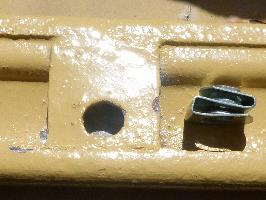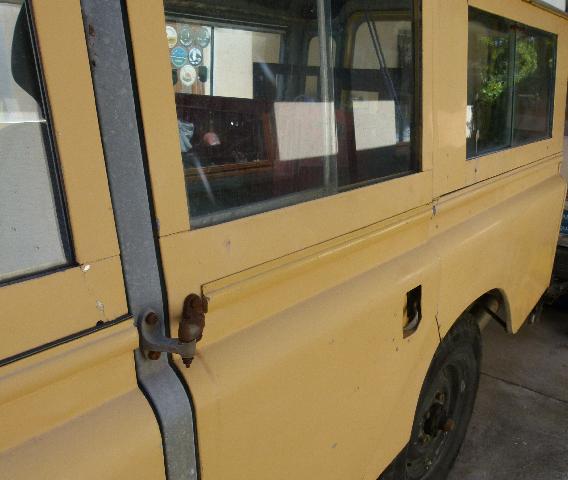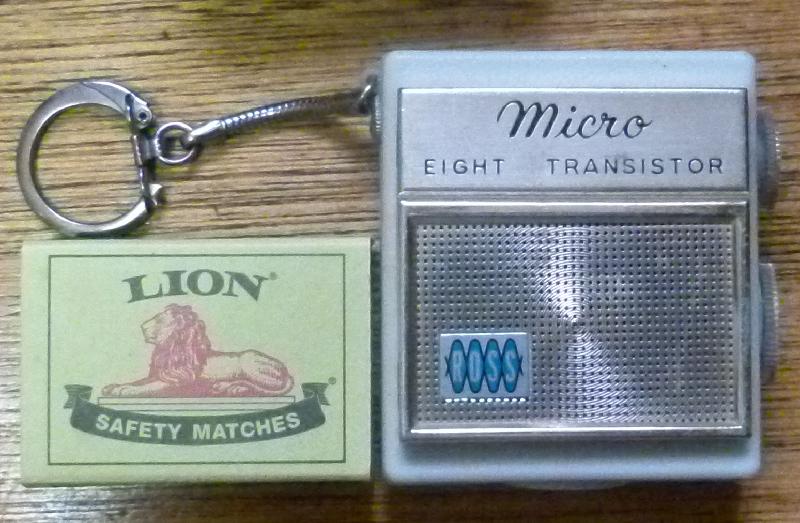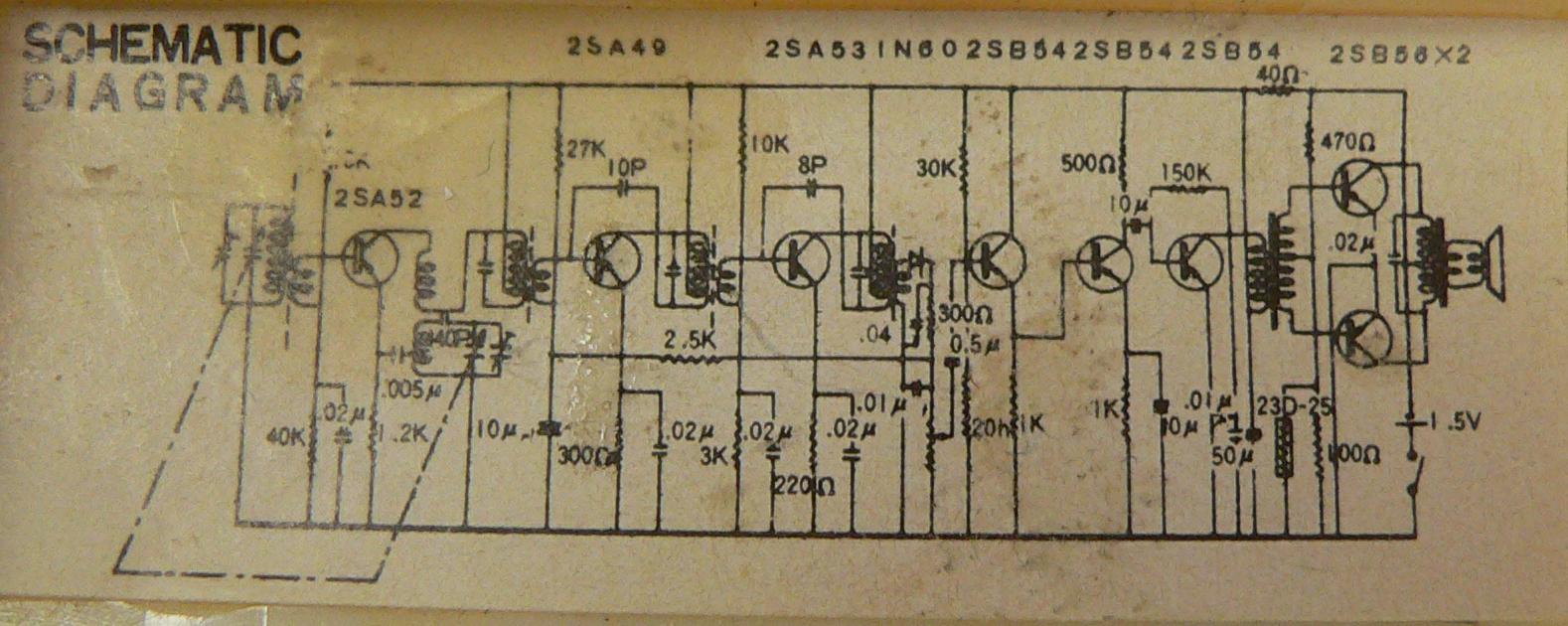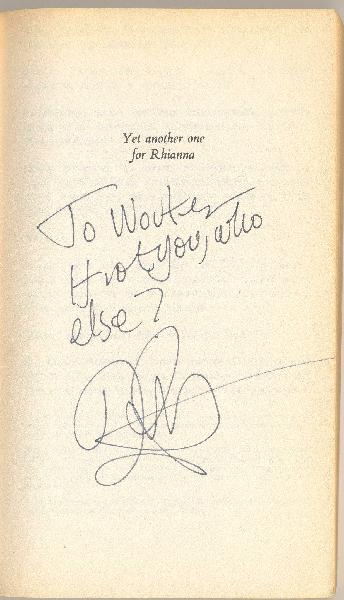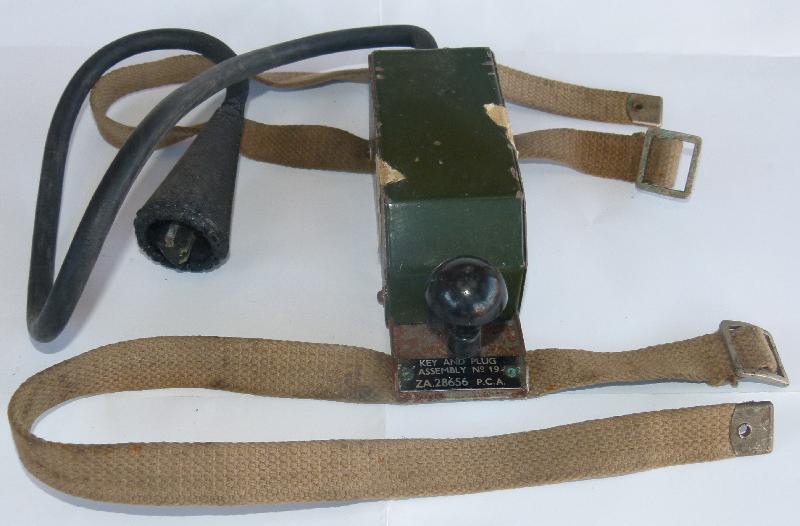Today, seventeen years ago, we re-entered South Africa from Lesotho as part of the 50th Anniversary Tour of South Africa. All through 1996/1997 I’d been frantically putting a Land-Rover together, with much accelerated effort towards the end (if it wasn’t for the last moment I’d never get anything done).
With help from my brother, we ended up getting the Rand-Lover through roadworthy at the end of February 1998, and Elmari and I left on the trip on the 6th of March. It was a bit… frantic.
Since then, this mysterious package has been kicking ’round the back of the Rand-Lover.
Look, it’s wrapped in period-authentic newspaper.
But what can it be?
Look! It’s the trim…
…that goes on the back doors, here.
The intention was to fit these somewhere on the trip. A lot of things did get fitted, but the trim did not make the list.
Yesterday, Eskom blessed us with some more electricity rationing. There’s a round ‘tuit for me! Yay!
I used these captive nuts and M5 machine screws.
And there you go (actually it was a lot more finicky than it looks).
The colour mismatch is 17 years’ worth of fade on the door. Not too bad, actually.
I decided to leave the nearside door for another 17 yea… nah, kidding, I did both.




